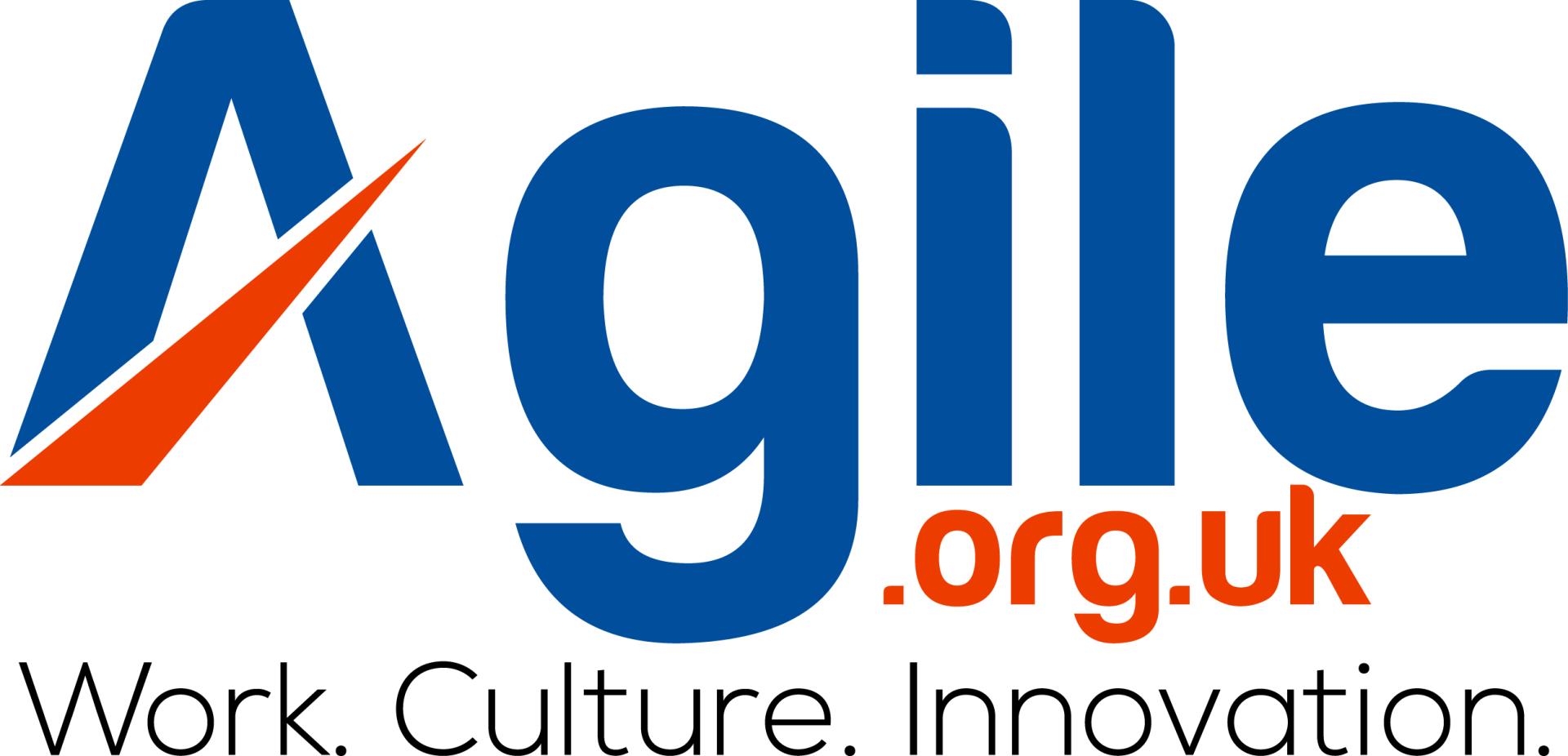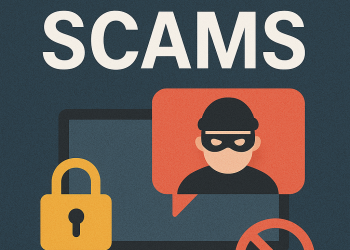Controlling access to sensitive areas of your business, both in its virtual and physical presence, is most important in today’s security environment. Ineffective access management can cause data breaches, jeopardising your business significantly. With cybersecurity and insider threats, having only the right individuals with access to critical assets is most important. Effective access management best practice in a position fortifies security, efficiency, and compliance. Here are five best practice tips for enhancing your business’s security.
Implement Multi-Factor Authentication
Multi-factor authentication (MFA) brings an added layer of security in a multi-step process of authenticating yourself with various credentials. Companies can utilise security tokens, biometrics, and one-time passcodes for access authentication as an alternative to passwords. With such a mechanism, access without permission is significantly less, especially when passwords have been compromised.
MFA should cover all critical infrastructure, including employee portals, cloud software, and financial databases. With a combination of passwords, security tokens, fingerprints, and face IDs, security can be increased, and usability cannot be compromised.
Use Role-Based Access Control
RBAC is a model for security that grants access to workers in terms of jobs and not privileges individually. Organisations can have proper access controls that deny access to unauthorised workers for sensitive information by defining workers in jobs such as HR, IT, and finance managers.
Implementing RBAC lowers the chance of human errors, and security vulnerabilities can be reduced. For example, an employee in a marketing department will not access financial documents, and an IT expert will not access HR documents. This system maximises efficiency in operations and lowers the opportunity for an inside attack and information leak.
Strengthen Physical Access Control
Physical security should never be ignored. Secure spaces must be monitored and restricted with keycard access, biometric scans, and security cameras. A good id card scanner can authenticate a person’s credentials and grant access to restricted spaces such as a server room or an executive suite for approved individuals only. Companies should also use visitor management processes. Having visitors sign in, issue visitor IDs, and have companion employment can prevent unauthorised individuals from entering restricted areas.
Educate Employees about Security Best Practices
Businesses must have routine training sessions for password security, social engineering awareness, and logging out when accessing shared networks. Employee social engineering awareness can prevent hackers from taking advantage of workers’ vulnerabilities.
Organisations should have a specific security policy for proper access practices and protocols. Workers must know to whom to report suspicious behavior and be motivated to report a security badge or ID badge loss immediately. An educated workforce is the best security for safeguarding access and denying unauthorised access attempts.
Leverage Automation for Efficient Access
Manually managing access permissions can become tedious and prone to human errors. With automation, access processes can be eased, and permissions can be granted, updated, and withdrawn regarding predefined security policies. Automated identity and access management (IAM) tools allow companies to have uniform security controls and reduced administration workloads.
Automation also fortifies security with its capability to monitor suspicious access behavior and sound an alarm when security access is attempted in an unauthorised place. For instance, when an employee, at an unusually early morning, accesses sensitive files, then such activity can be marked for investigation by the system.
Endnote
By sticking with the best practices, companies can have a significant impact in improving access management techniques. Only approved individuals can access sensitive spaces and systems by mixing technological tools, effective policies, and an educated workforce. Consistency in your actions will help you adapt to evolving threats.












